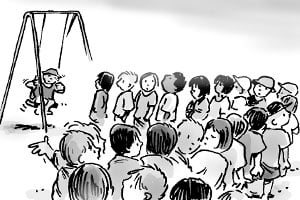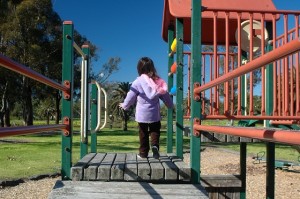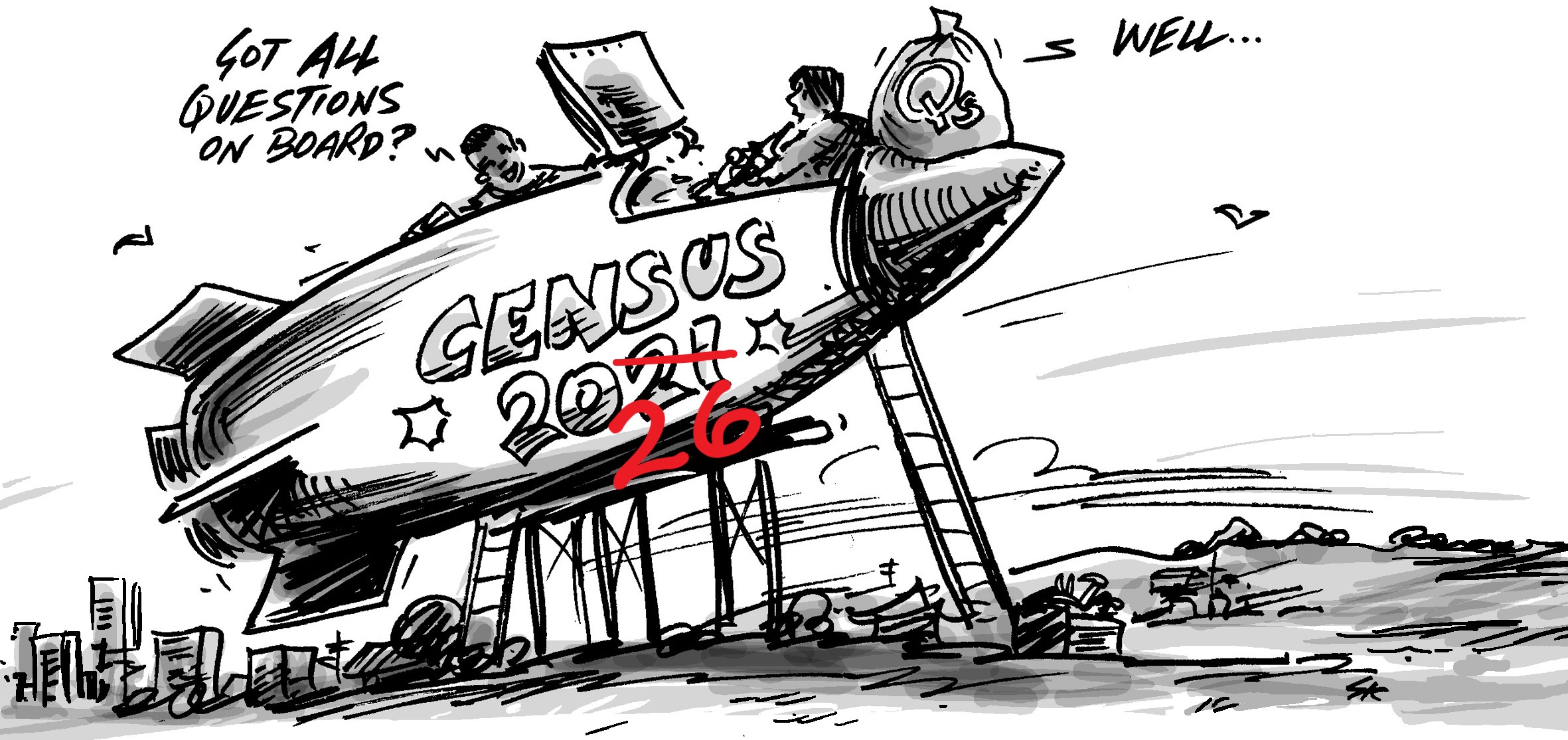Much has been made in the media in recent years about a baby boom, baby bounce – whatever fancy name you want to give it – but there’s no doubting the evidence base. In the last ten years or so the total fertility rate (TFR) in Australia has climbed up from the lows recorded in the 1990s. What trends are evident in Victoria and what does it mean for children’s services?

While the Census doesn’t inform us directly about fertility rates, an analysis of the age structure, specifically 0-4 year old children, gives us an opportunity to examine the data in more geographic detail.
The TFR in Australia has varied markedly over the last century and though there are difference between the States, the overall trends have been similar. Fertility rates peaked in the 1950s and early 1960s, giving rise to the generation collectively known as “baby boomers”. From the 1970s in particular, fertility rates declined rapidly and in Victoria the TFR fell below the replacement level of around 2.0 for the first time in 1977. It has remained below 2.0 since that time, despite an upward trend in the rate since 2001. In 2010, Victoria’s TFR stood at 1.75.
This small rise in the TFR belies the actual increase in the number of young children. At .id, our forecast team often hear stories from our local government clients about the increasing pressure on children’s services such as maternal child health nurses and pre-schools, simply as a result of increasing numbers of young children. We respond to this, as well as what the actual data on births is telling us, to inform our forecasts, but the richness of the Census data gives us a chance to revisit our thinking.

So what is the latest Census data telling us? For a start it certainly confirms that there has been a large increase in the number of 0-4 year olds usually resident in Victoria, from 305,940 in 2006 to 344,680 in 2011. This increase of 38,740 children in this age group represents an annual average growth rate of 2.4%, compared to 1.7% for the entire population. No wonder there seems to be that many more children running around! Overall, 0-4 year olds comprised 6.4% of the Victorian usual resident population.
The large increase in the number of children seems to fly in the face of only a small increase in the TFR, but it needs to be seen in light of the age structure of the population as well as trends in migration in the last few years. Part of the reason for the increase in births and the TFR is the larger pool of women of reproductive age. And part of the reason for this is the record levels of net overseas migration in Australia in recent years. Because migrants, whether they are from overseas or interstate, tend to be young adults, they inflate the population in those age groups. In other words, there are a few interrelated demographic trends occurring which create the momentum for increases in fertility and the number of young children.
The map below (click for a larger version) shows the proportion of 0-4 year olds in SA2s in Victoria. Last year we blogged about spatial differences in fertility and the Census data reveals a similar pattern in the distribution of young children. Areas with the highest proportion of 0-4 year olds are located on the Melbourne urban fringe, where there are extensive greenfield housing estates popular with young families. Point Cook has the highest proportion of 0-4 year olds (12.6%), followed by Truganina (12.5%) and Taylors Hill (12.4%) – in other words about 1 in 8 people are young children aged 0-4. These SA2s are located in either the Wyndham City Council or the Shire of Melton – LGAs that have both recorded extremely high growth rates in the last five years. Interestingly, some parts of inner Melbourne had higher than average proportions of young children, especially parts of the inner west. Some regional centres also recorded higher than average proportions of 0-4 year olds, as greenfield estates in regional towns operate in similar ways to those on the edge of Melbourne ie they are popular with families and first home buyers. West Wodonga (8.6%) had the highest proportion of 0-4 year olds in regional Victoria, followed by Maiden Gully (west of Bendigo – 8.4%) and Torquay (8.3%). The latter is a coastal town in Surf Coast Shire, which is increasingly becoming part of the wider Geelong urban area and is popular with young families because they can commute into Geelong or even Melbourne.

Unsurprisingly, the lowest proportions of 0-4 year olds were found in inner Melbourne, as well as large parts of the eastern suburbs, particularly along the Glen Waverley train line and out through the Doncaster corridor. The lowest proportions were recorded in Melbourne (2.0%) and Parkville (2.5%). Many areas in the eastern suburbs have maturing age profiles as the young families who settled here in the 1970s and 1980s are now much older and typically, the family homes are now occupied by “empty nesters”. Over time these suburbs will regenerate, potentially creating new waves of family migration. In regional Victoria, the proportion of 0-4 year olds was lowest along the Gippsland coast, and parts of the central northern part of the State. The lowest proportions were recorded in Paynesville (located in East Gippsland – 3.8%), Castlemaine Region (4.2%) and St Arnaud (in the north west – 4.3%).
Urban and regional areas are constantly evolving and the age structure of a population is an important determinant of the demand for services. In Victoria, the additional 38,740 0-4 year olds in the Victorian population are already placing demands on health and pre-school education services. Very soon, they will be in the primary school system, and later, secondary school. A good example of how the withdrawal of school services has impacted on parts of inner northern Melbourne was recently highlighted in this blog. Understanding how and why age structures change over time and space goes a long way to create sustainable communities the make the most of the available infrastructure. .id’s products allow planners and other council staff to examine their communities and how they’re changing in great detail, providing the evidence base upon which to make informed decisions.
To follow .id’s analysis of the 2011 Census results as they are released, sign up for email or twitter notifications in the sidebar.














